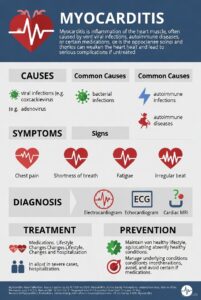Impact of Cognitive or Sensory Impairment on the Child and Family
- Cognitive Impairment
- Is a general term that encompasses any type of mental difficulty or deficiency
- Used synonymously with “intellectual disability”
- Diagnosis
- Made after a period of suspicion by family or health professionals
- In some instances, made at birth
- Intellectual disability
- Three components
- Intellectual functioning
- Subaverage intellectual function: IQ of 70 to 75 or below
- Functional strengths and weaknesses
- Impairment in 2 of 10 adaptive skills
- Younger than age 18 at the time of diagnoses
- Intellectual functioning
- Three components
- Diagnosis and classification
- Early signs suggestive of cognitive impairment
- Dysmorphic syndromes (e.g., Down syndrome, fragile X syndrome [FXS])
- Irritability or non-responsiveness to environment
- Major organ system dysfunction (e.g., feeding or breathing difficulties)
- Gross motor delay
- Fine motor delay
- Language difficulties or delay
- Behavior difficulties
- Early signs suggestive of cognitive impairment
- Etiology
- Infection and intoxication, such as congenital rubella, syphilis, maternal drug consumption (e.g., fetal alcohol syndrome), chronic lead ingestion, or kernicterus
- Trauma or physical agent (e.g., injury to the brain experienced during the prenatal, perinatal, or postnatal period)
- Inadequate nutrition and metabolic disorders, such as phenylketonuria or congenital hypothyroidism
- Gross postnatal brain disease, such as neurofibromatosis and tuberous sclerosis
- Unknown prenatal influence, including cerebral and cranial malformations, such as microcephaly and hydrocephalus
- Chromosomal abnormalities resulting from radiation; viruses; chemicals; parental age; and genetic mutations, such as Down syndrome and FXS
- Gestational disorders, including prematurity, low birth weight, and post-maturity
- Psychiatric disorders that have their onset during the child’s developmental period up to 18 years of age, such as autism spectrum disorders (ASDs)
- Environmental influences, including evidence of a deprived environment associated with a history of intellectual disability among parents and siblings




